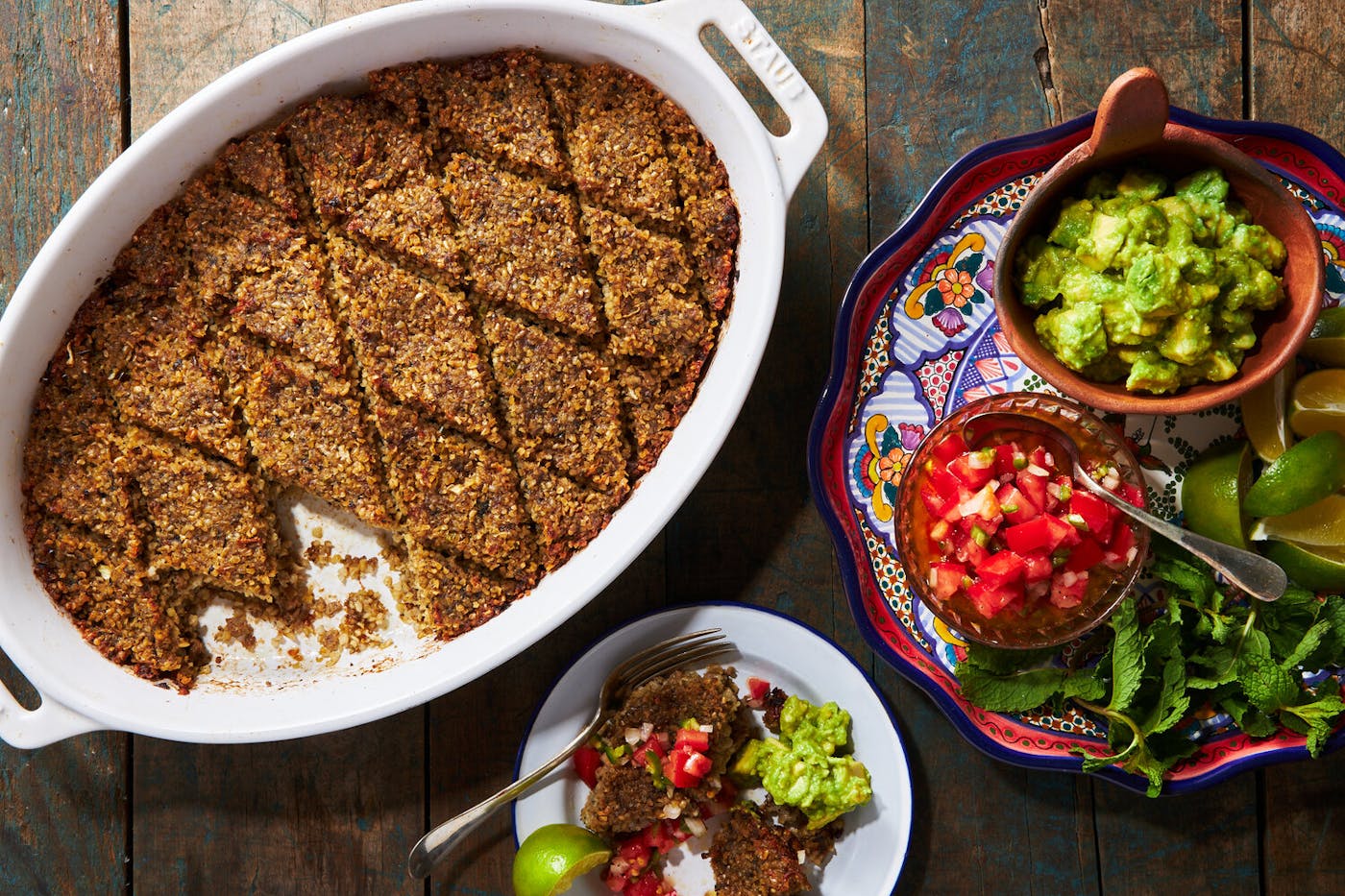Shared by Tamar Fasja Unikel


On Saturdays when Tamar Fasja Unikel was growing up in Mexico City, she would wait for her father to come home from synagogue for a brunch of bagels and lox. After the meal, the family would walk the 15 to 20 minutes to her grandparents’ home for a second mid-day meal. “I always ended up with a stomach ache and didn’t know why,” Tamar says jokingly “But you know why.”
Every week until the COVID pandemic, her grandmother Ruth would welcome 20 or so family members to her home for Shabbat lunch. Aunts, uncles, and cousins gathered at a large table and an extra table for the kids was added when the party grew larger. “It’s what I miss most about Mexico,” Tamar, who now lives in Chicago and co-owns Masa Madre bakery, says.
Ruth serves Syrian dishes next to Mexican ones, reflecting the family’s past and present. One week, the table might be stacked tortillas, stuffed zucchini with a tamarind sauce, chicken with eggplant paired with rice, or barbacoa, a slow-cooked tender meat dish. Other weeks, there might be tacos, beef ribs cooked in Coca-Cola for a sticky, sweet finish, or freshly prepared salsa and kibbeh charola, a classic Middle Eastern recipe for meat and bulgur baked into a large format savory pie of sorts. In the family and the Jewish community Tamar was raised in Mexico City, it’s referred to as kipe, Tamar says, though it’s not clear why the spelling changed over the generations.
Ruth’s Syrian heritage comes from her parents who emigrated from Aleppo in the early 1900s along with a community of Jews fleeing nationalism in the Ottoman Empire. In 1912, Tamar’s great-grandparents were the first Jewish couple from Aleppo to marry in Mexico City. At the time, there was no mikveh, a ritual Jewish bath that brides and grooms visit before their wedding, in the city, so they visited the public baths before the wedding celebration, Tamar’s mother Monica, explains.
Over the past century, the family has celebrated Syrian recipes. Ruth’s sister Flora, who is 97-years-old, is also a keeper of the family recipes, documenting them in cookbooks called a Private Collection of a Gourmand, self-publishing her most recent one just a year ago. Mexican ingredients and dishes were also woven into the family’s cooking, creating a new repertoire. Ruth’s kipe is served with Mexican and Middle Eastern accompaniments. “You take a piece or two and add avocados and tahini and salsa,” Tamar explains. Together, it is a taste of her family.
And one that has followed Tamar. She moved to Chicago in 2014 to be with her then boyfriend, now husband, whose family is from Damascus and lives in Mexico City. Whenever his mother Olga visits, she brings a kipe or two with her from Mexico.
Tamar hasn’t quite mastered the recipe yet — it is a work in progress. Recently, Olga spent time with Tamar, helping her practice the technique, showing her that it’s best to use a fork instead of a wooden spoon to get the right texture and to flatten “the raw meat and wheat mixture with both palms before placing it in the dish,” Tamar explains.
“I’ve had a lot of calls with my grandmother where she kind of explains it. But I feel like it’s hard for her to explain. For her, it’s natural,” Tamar adds. For some recipes, it simply takes time — and maybe a large gathering around the table — to master them.


